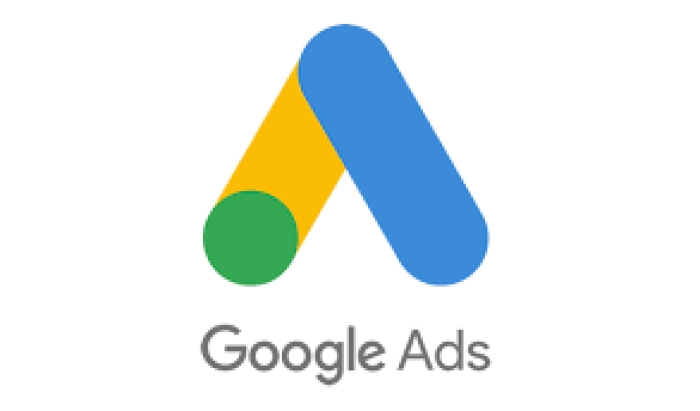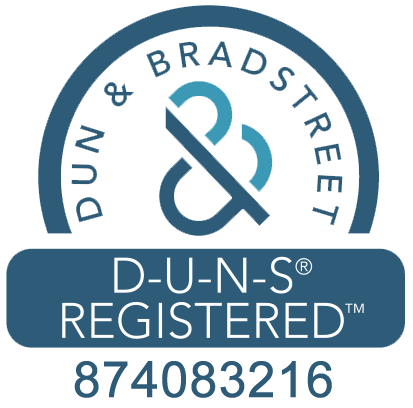What is Google Ads and why your business must invest in 2020
Jul 22 , 2019

Most of you have heard Google Ads (in the past known as Google AdWords): Google’s very own advertising platform which allows you to place your website on a search engine results page (SERP) by advertising on their platform.
There's no compelling reason to trust that your new site will work its path organically up the search rankings. By utilizing Google’s paid search services you can see quick results and it's not so hard to utilize or expensive as you may suspect.
What is Pay Per Click Advertising
PPC is the term we use for promoting our website by listing them on search engine results pages. They appear on the top results of the page and progressively look more and more like organic results. At the moment, Google places a small ‘Green Ad Label’ on them while you browse on desktop.
Google isn’t the only search engine where you can run your ads; Bing also has its own advertising network, called The Bing Network.
Since Google Ads is popular with many business owners, we will take a look at how it works.
Principles of Google Ads
Basically, the platform works by selecting few keywords based on your products and services that a searcher might use on Google, create an advert that will appear on the SERP based on such keywords that will then redirect to the specific landing page of the site where the purchase will occur.
Obviously, you're presumably not going to be the only organization needing to serve adverts to individuals who utilize those specific keywords. Competitors can bid for the same search term as well.
If you want your search ad to appear on Top results, you have to bid against other competitors on how much you’re ready to pay Google Ads every time a searcher clicks on your ad.
The more you are willing to pay per click, the more likely your ads will show up in the search results page (which is why paid search is often referred to as PPC, which stands for Pay-Per-Click).
However, unlike other real-time bidding models, it’s not just the highest bid that is considered. To determine how high your advertisement shows up the SERP and whether it’s shown at all, Google will assign it something called an ‘Ad Rank’.
Ad Rank is a metric Google applies to figure out the order in which paid search ads are displayed on the SERP.
Your bidding value is just one of five variables in calculating Ad Rank. Other variables include:
- The quality of your ads and landing page improves the Quality Score
- The Ad Rank sets of quality thresholds your ad needs to meet in order to be eligible to show.
- Search context, that includes the search query, the time of the search, competitors' ads and search results that show on the page, and other user signals such as location and device type
- Ad extensions and other ad formats: these are the pieces of extra details you can include such as a phone number, or add more links to other pages on your website.
-
Bidding Methods
You pay Google Ads each time your advertisement is clicked. The cost you're willing to pay for each click is called cost-per-click (CPC).
If you have a higher budget, you can choose a maximum bid amount, and if you select the automatic option while setting up the campaigns, Google chooses the bid amount for you within your budget and brings you the most clicks possible within that budget theoretically speaking.
There is likewise another less normal choice called cost per impression (CPM). This is the place you pay the web crawler for each multiple times your advertisement shows up on the SERP.
There are many other platforms you can run ads on popular networks such as Facebook, Bing Ads Network, and many others, and new emerging formats such as YouTube, Discovery Ads, Gmail Ads, Display Ads, etc.
Discuss with your Marketing Manager to find out how to leverage Google Ads to increase revenue for your organization.


